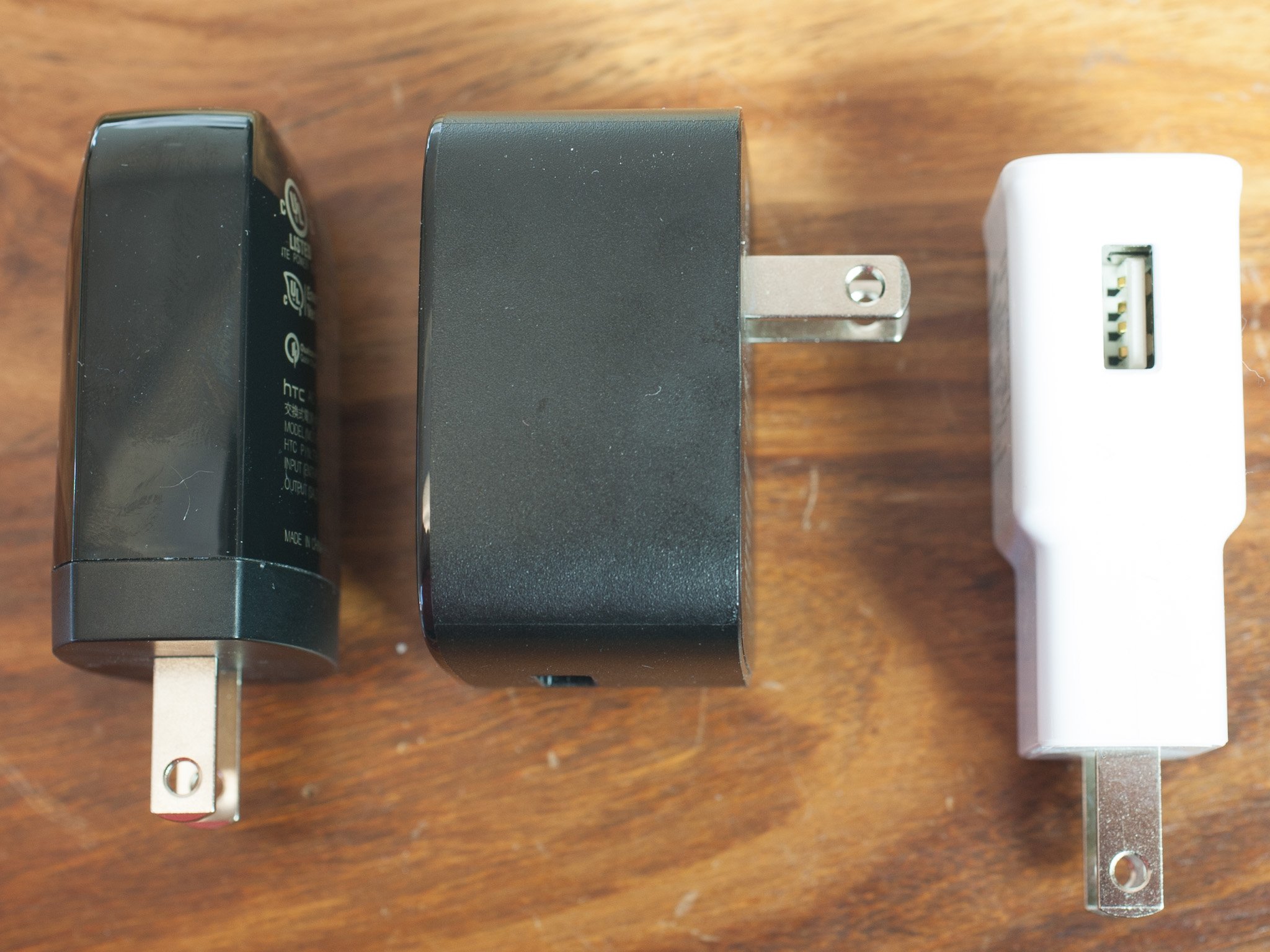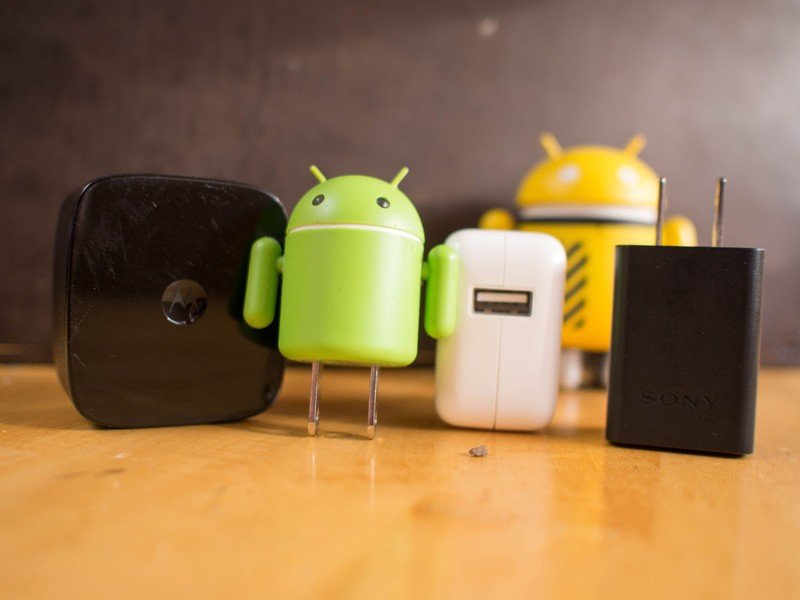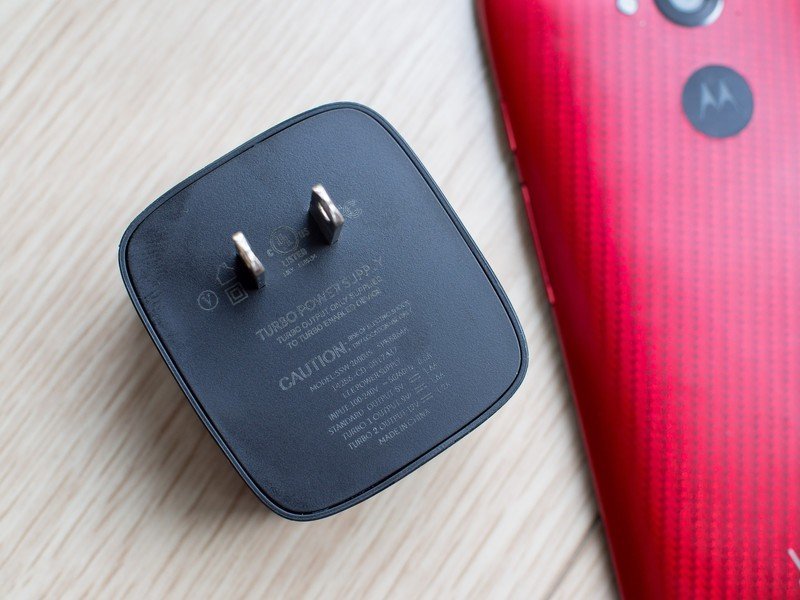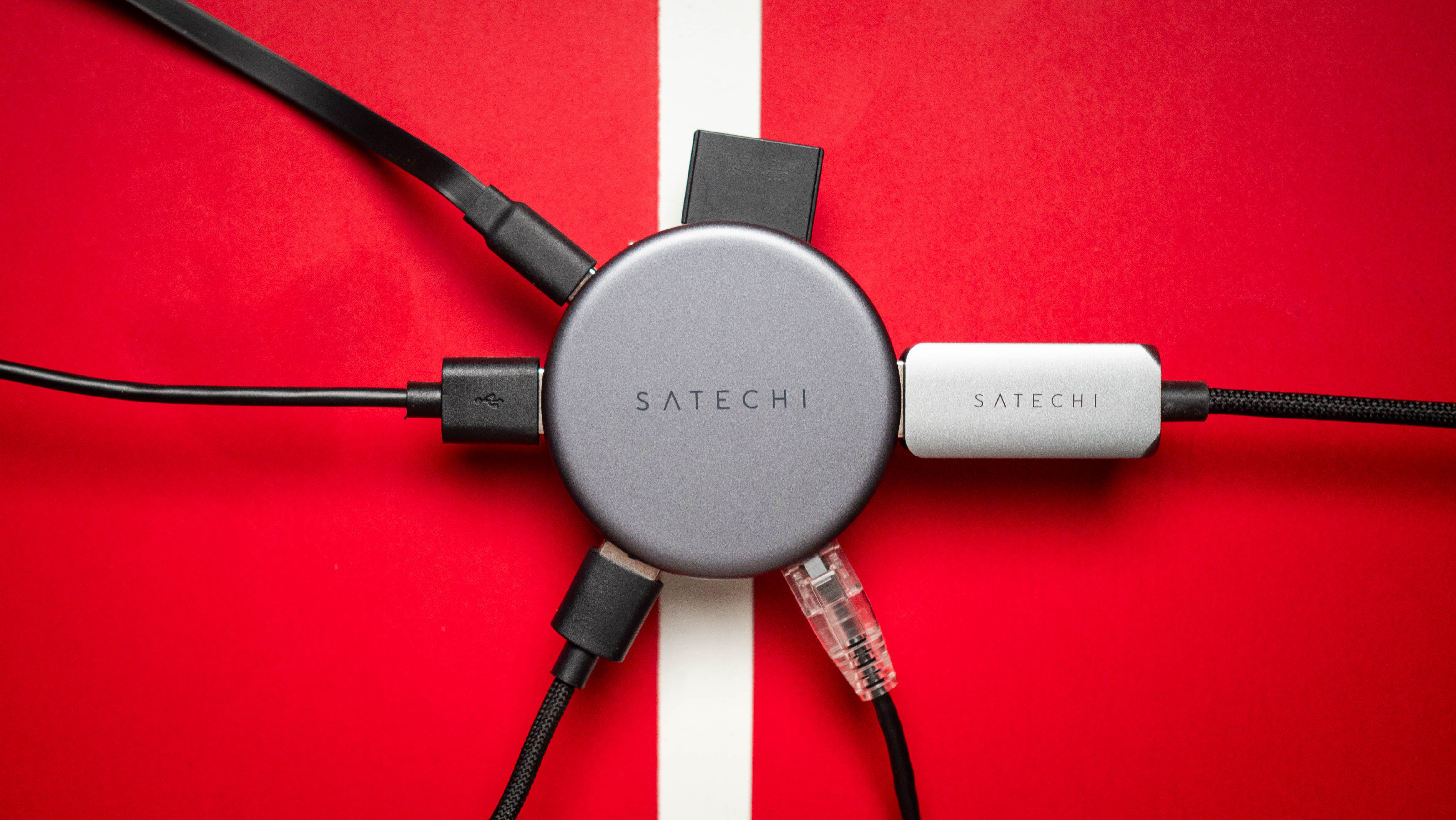Ask AC: Can I use a Quick Charge 2.0 accessory on an older device?

If you've used Quick Charge 2.0 already, you know it's a pretty sweet new feature for your phone to have. We've been exploring all of the Quick Charge 2.0 options this week, and as a result came across a question that needed to be answered. As more devices are released with Quick Charge 2.0 support out of the box and third-party accessories for your home and car start filling the shelves of your local accessories section, it'd be nice to make absolutely sure you're able to use this new hardware with everything you already own. Can you plug any phone or tablet into a Quick Charge 2.0 power supply?
The short answer is yes, you can use a Quick Charge 2.0 accessory with anything you're already plugging a USB cable in to charge. What you'll find in doing so, however, is that your older tech isn't going to charge any faster than it currently is capable of charging.
Not familiar with Quick Charge 2.0? Check out our primer and get caught up quick.

One of the things that makes Quick Charge 2.0 so useful is the way the power supply can crank up the juice based on the needs of the device connected to it. Qualcomm is using a proprietary set of tools to make these determinations and ensure your battery is charged very quickly, right up to about the 70 percent mark depending on the device. The only works for devices that have been licensed to work with Qualcomm's technology. Devices that either have not licensed this technology or were around before Quick Charge 2.0 existed will charge at a lower output level, most commonly 5-5.3 volts at 1-2.1 amps.

This same general rule applies to all chargers that have been certified by Underwriters Laboratories to work with an outlet and a USB port. It doesn't matter if you're using a Quick Charge 2.0 power supply, an iPad charger, or one of those little glowing chargers that look like the Android figurines, these accessories will charge your device at the highest output your smartphone will receive, with no risk of too much power going into your phone. You can always tell that your charger has been certified by Underwriters Laboratories by the UL logo inside of a circle that appears on all certified devices. As long as you have that logo, you're in the clear.
That said, it's always nice to know what rates your devices are capable of charging at, just in case you have a few older power supplies around that are charging at a lower rate than what your phone or tablet can handle. In these situations, your device will charge noticeably slower and the only fix is a more capable charger. Quick Charge 2.0 has the benefit of appearing mildly future proof, with the ability to charge things quickly at a higher than usual voltage. It may not be time to replace all of your existing hardware with Quick Charge 2.0, but it's probably not the worst idea to keep in the back of your mind either.
Get the latest news from Android Central, your trusted companion in the world of Android

